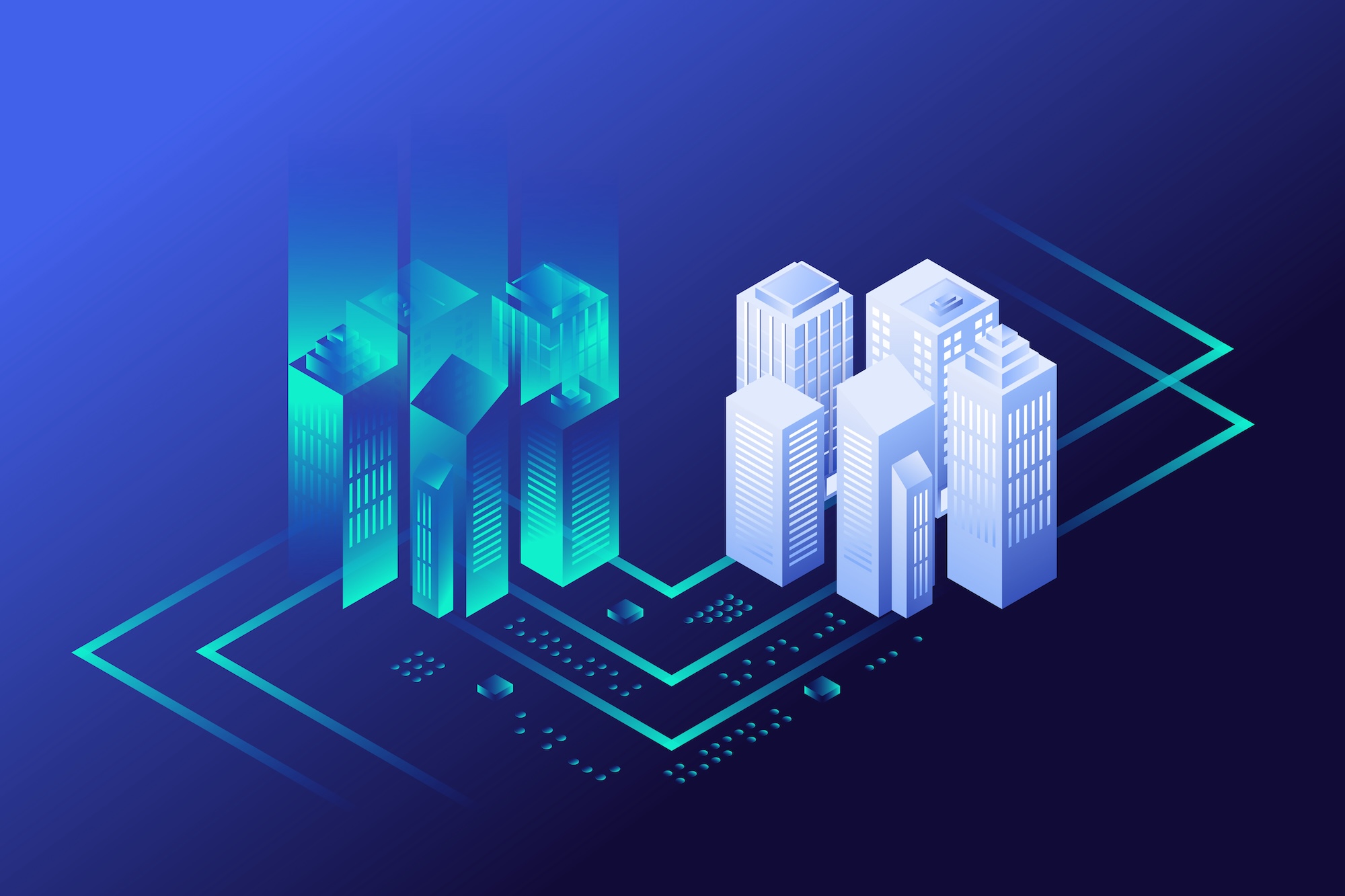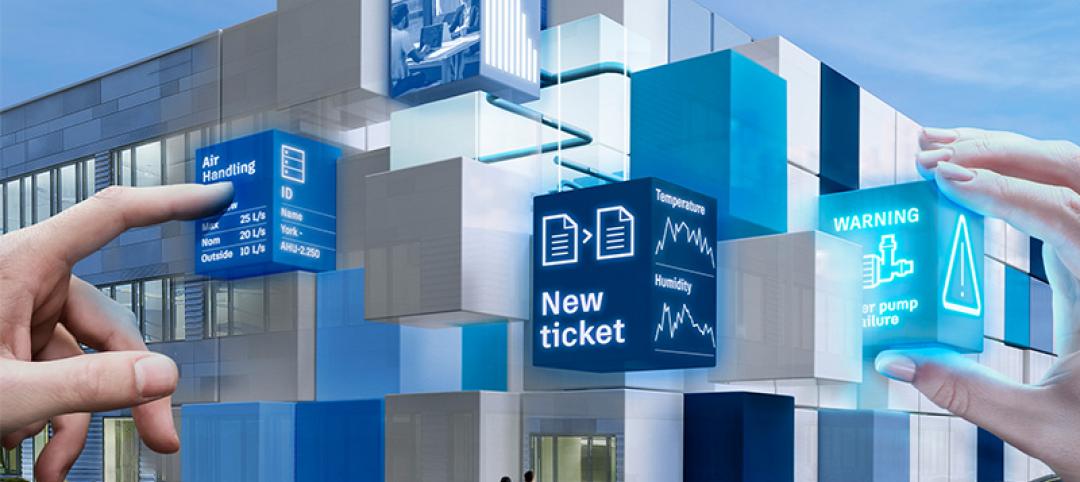Buildings consume a substantial 40% of global energy, and the Environmental Protection Agency reports that 30% of this energy is wasted due to inefficiencies. While efforts to improve building efficiency have been iterative, recent advancements have significantly enhanced the interaction between facility managers, building owners, and their facilities.
A leading innovation in this field is the use of digital twins, which facilitate a smooth handover from construction to operation and greatly enhance operational efficiency.
Evolution of Digital Building Systems
Over the past few decades, buildings have increasingly integrated digital systems. However, the integration of these systems into everyday operations has not kept pace with technological advancements.
Building owners and facility managers often invest millions in sophisticated control systems and energy-efficient mechanical, HVAC, electrical, and plumbing systems, expecting seamless functionality. Unfortunately, without proper oversight, these systems often fail to deliver the anticipated benefits, leading to increased energy costs and operational issues.
Embracing Monitoring-Based Commissioning
To combat these challenges, regular retro-commissioning or energy audits are recommended. These audits are vital for identifying inefficiencies, providing corrective measures, and calculating financial returns.
However, research indicates that half of the measures implemented revert to failure within eight years, necessitating a four-year retro-commissioning cycle. This cycle causes fluctuations in energy consumption and periodic operational disruptions.
An alternative and more continuous solution is monitoring-based commissioning, which continuously monitors IoT devices in buildings to detect inefficiencies in real-time. This method provides actionable insights and creates a process similar to retro-commissioning that occurs every 15 minutes, allowing for immediate corrective actions.
Combining this approach with automated fault detection and diagnostic systems enables facility operators to receive detailed work orders that pinpoint issues, recommend solutions, and quantify energy savings.
The Emergence of Digital Twins
The most recent advancement in building operations is the adoption of digital twins. A digital twin is a 3D digital representation of a physical asset, offering detailed and comprehensive understanding of building systems. Previously common in manufacturing and automotive industries, digital twins are now being adopted in real estate and construction.
 |  |
Digital twins help building owners and facility managers achieve environmental goals by identifying energy waste and providing detailed operational data. These systems integrate data from building management systems (BMS) and other IoT devices, linking it to 3D models in an online platform.
This allows managers to quickly identify issues, view live sensor data, understand system interactions, and access digital asset information for troubleshooting.
Practical Example: Enhanced Efficiency
Take, for example, NV5’s digital twin of a 33 story, 1.5 million sf multi-function building with over 20,000 data points. By creating a 3D model through building scanning and design documentation and integrating it into a digital twin platform, facility managers were able to identify an air-handling unit running continuously at night despite not being needed.
The digital twin identified the issue (improper integration into the controls system during construction), notified the operator, and highlighted the impact on 33 downstream systems. What had previously gone unnoticed in the eight months post construction, was accomplished in less than half an hour, saving over $20,000 in rectification costs.
Advantages of Digital Twins
Digital twins are revolutionizing building operations by enabling continuous optimization, reducing costs, and improving profit margins. They enhance building health and comfort for occupants, streamline compliance reporting for metrics like greenhouse gas emissions and energy use, and boost overall operational efficiency.
The adoption of digital twins represents a major advancement in building management. By seamlessly integrating construction and operations and providing real-time actionable insights, digital twins ensure buildings operate at peak efficiency, significantly reducing energy waste and operational costs.
This technology is poised to transform how facility managers and building owners interact with their assets, ushering in a new era of smart, sustainable building management.
Dan Kolimar is Executive Director of the Building Solutions group at NV5. His team focuses on optimizing their client’s buildings and reducing their energy consumption. Dan can be reached at daniel.kolimar@nv5.com
Related Stories
AEC Innovators | Apr 26, 2024
National Institute of Building Sciences announces Building Innovation 2024 schedule
The National Institute of Building Sciences is hosting its annual Building Innovation conference, May 22-24 at the Capital Hilton in Washington, D.C. BI2024 brings together everyone who impacts the built environment: government agencies, contractors, the private sector, architects, scientists, and more.
AEC Tech | Mar 9, 2024
9 steps for implementing digital transformation in your AEC business
Regardless of a businesses size and type, digital solutions like workflow automation software, AI-based analytics, and integrations can significantly enhance efficiency, productivity, and competitiveness.
AEC Tech | Feb 28, 2024
How to harness LIDAR and BIM technology for precise building data, equipment needs
By following the Scan to Point Cloud + Point Cloud to BIM process, organizations can leverage the power of LIDAR and BIM technology at the same time. This optimizes the documentation of existing building conditions, functions, and equipment needs as a current condition and as a starting point for future physical plant expansion projects.
AEC Innovators | Feb 28, 2024
How Suffolk Construction identifies ConTech and PropTech startups for investment, adoption
Contractor giant Suffolk Construction has invested in 27 ConTech and PropTech companies since 2019 through its Suffolk Technologies venture capital firm. Parker Mundt, Suffolk Technologies’ Vice President–Platforms, recently spoke with Building Design+Construction about his company’s investment strategy.
AEC Tech | Jan 8, 2024
What's driving the surge of digital transformation in AEC today?
For centuries, the AEC industry has clung to traditional methods and legacy processes—seated patterns that have bred resistance to change. This has made the adoption of new technologies a slow and hesitant process.
Digital Twin | Jul 31, 2023
Creating the foundation for a Digital Twin
Aligning the BIM model with the owner’s asset management system is the crucial first step in creating a Digital Twin. By following these guidelines, organizations can harness the power of Digital Twins to optimize facility management, maintenance planning, and decision-making throughout the building’s lifecycle.
Digital Twin | Jul 17, 2023
Unlocking the power of digital twins: Maximizing success with OKRs
To effectively capitalize on digital twin technology, owners can align their efforts using objectives and key results (OKRs).
Digital Twin | May 8, 2023
What AEC professionals should know about digital twins
A growing number of AEC firms and building owners are finding value in implementing digital twins to unify design, construction, and operational data.
Digital Twin | Nov 21, 2022
An inside look at the airport industry's plan to develop a digital twin guidebook
Zoë Fisher, AIA explores how design strategies are changing the way we deliver and design projects in the post-pandemic world.
Sponsored | Digital Twin | Jun 24, 2022
Pave the way for better business relationships with digital twins
















